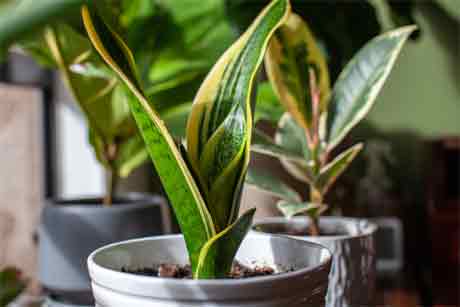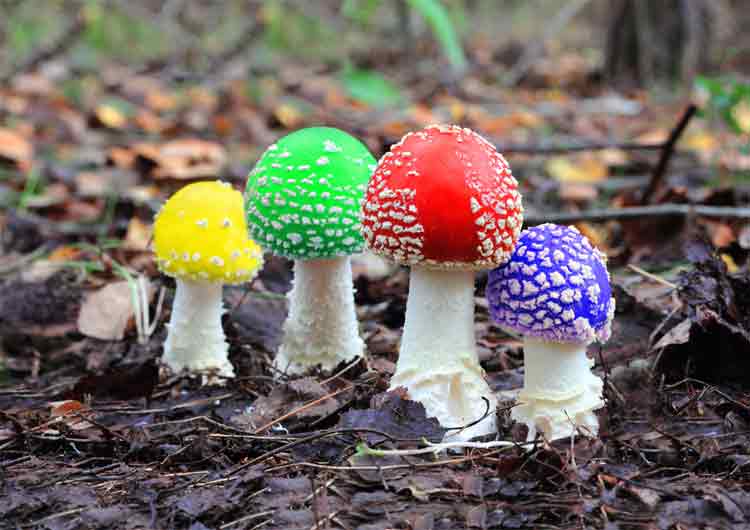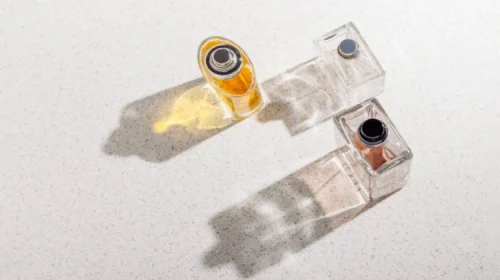Growing up as a young boy, I had no idea how bad Poison Ivy could make an individual feel. I found out the hard way. The best way to learn how to identify these types of plants is to purchase a field guide at your local bookstore. Believe me it is money well spent if you work or play around these different plant toxins. I will try to explain these three as best as I can.
Poison Ivy; The only season that it doesn’t grow is in the winter. However, if you burn it in the winter and are close enough to breath the smoke, it can cause some serious problems. In the fall it will turn several different colors. (Red, Yellow, Orange, and some Green) Some people will pick the leaves for their fall collection of leaves. This is a bad idea. In the spring they might be a bit reddish. This is to ward off insects. Insects don’t damage the plant. However a fungus will. In the summer they are usually a shiny leaf that may or may not have some red in it. Older leaves usually have a dull color to them. They grow in sets of three leaves. the leaves might or might not have notches on them. Ivy will climb like a vine and stretch out 2 to 3 feet in width. Under the right conditions they can even grow like a shrub. Some bushes have been measured up to 35 feet in length.
The oil from the plant is said to be more active today than it was 50 years ago. You don’t even have to touch the plant to get it. If it gets on your clothes or your dog and the toxin from the oil gets on your skin, you will get it. You can spread it on your body very easily by rubbing the oil and then touching other parts of your body. Once you come in contact with the oil, it can stay active for up to 6 hours.

Treatment: Wash with cold water. Hot water will open your pores and let the toxins get deeper into the skin. Use a garden hose or take a shower. Under no circumstances should you use a wash rag. If the toxin has been on your skin at least 30 minutes, it has probably already penetrated the skin enough to cause discomfort. There are some old home remedies. (1) Wash the area repeatedly with alcohol. (2) Wash the area with diluted Cloris. (3) Take a long hot shower for as long as you can for as hot as you can stand it. I don’t agree with this one. (4) spray a deodorant that contains aluminum. (5) Jewel-weed that is smashed up finely and applied will help attack the oil toxins. (6) Visit site and get anything that will help clear up the rash.
Lastly, Poison Ivy isn’t contagious however, in the first few hours it can be spread by physical contact. If it gets too bad, see a doctor or visit an emergency room.
Poison Oak; In the West may grow as a vine but, usually it grows like a shrub or bush. It has three sets of leaves like Poison Ivy does. Poison Oak has an oil called urushiol. It is said that one fourth of an ounce is enough to contaminate every individual on the planet. that gives you an idea of how toxic it can be. You can get it from the roots, leaves, vines, and branches themselves. Once you get the rash and start scratching , you can’t spread it any further. The leaves look just like a regular oak leaf. They have the rough edges. Poison Ivy is smoother.
Treatment: It is the same as you would Poison Ivy. If you get it on your clothes or shoes, remove them carefully keeping the skin area away from the outer part of the clothing. Put everything in a plastic bag until they can be cleaned. Wash all the items several times. A clorox based detergent usually handles the job. Calamine lotion and Hydrocortisone won’t help your skin that much. If you get it bad and go a doctor, he will probably give you a drug called Prednisone.
Poison Sumac; Is very rare. However, there are two types of Sumac. One usually grows in a very wet area. The other often gets confused with sumac but, it actually is Staghorn Sumac. Staghorn has red berries on it. Contrary to what many individuals think, this sumac is not toxic. Poison Sumac has seven to nine leaves on a stem. The leaves are smooth. There is no hair on the stem. They grow like a small tree. It is rare to find. Many individuals will get a rash from another plant and think it is sumac. Most Poison Sumac is found east of the Mississippi River.
Treatment; Once again treatment is like that for the other two mentioned in this article. Like the two mention above, if either of these get into the eye area, see a doctor immediately.
Advice; If you are the type of individual that is going to be spending times in areas where these plants grow, learn about them. Some people are immune but it won’t last. Every individual runs the risk of getting the rash from the toxin oils that the plants produce. My final advice, stay out of the weeds.




